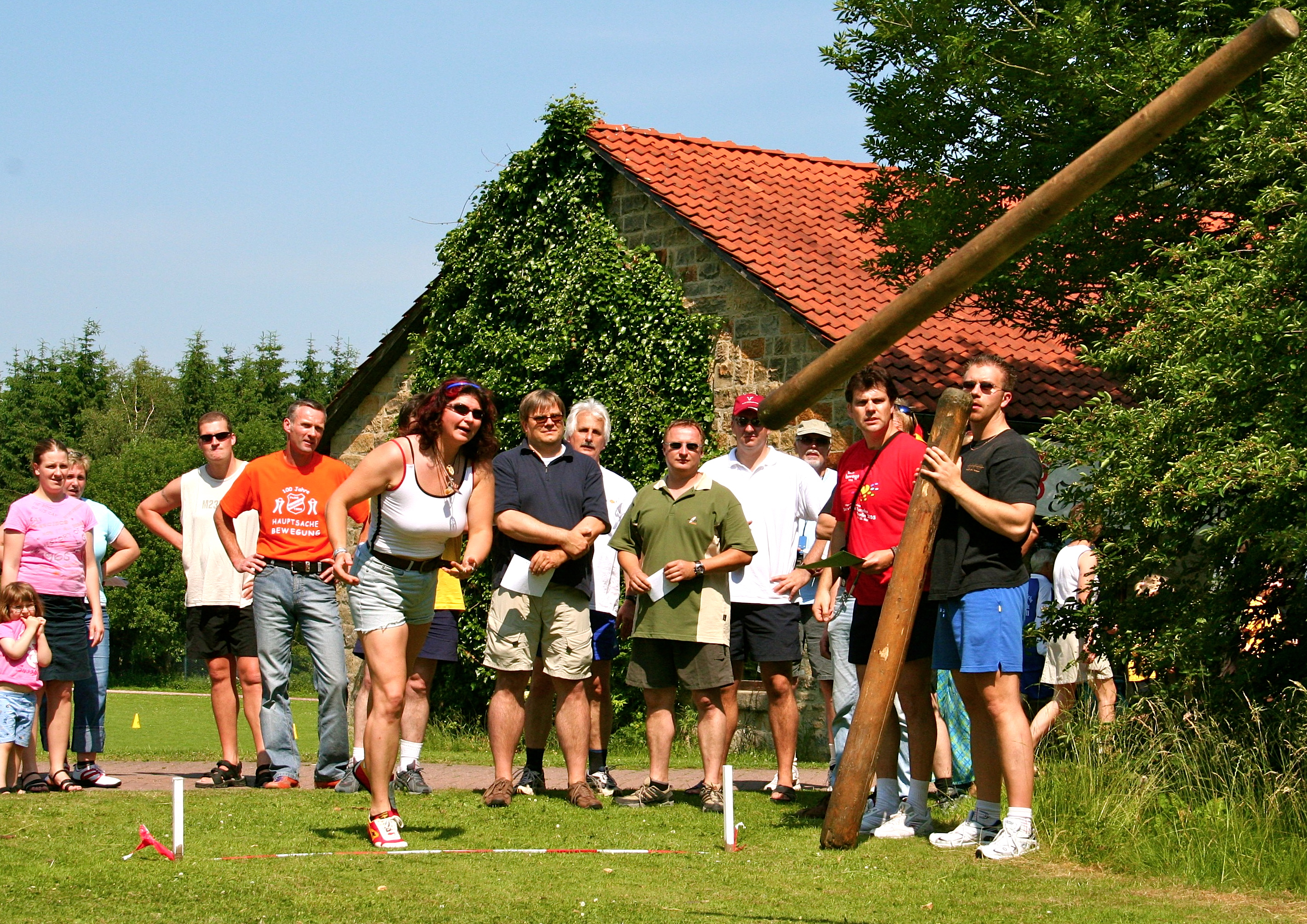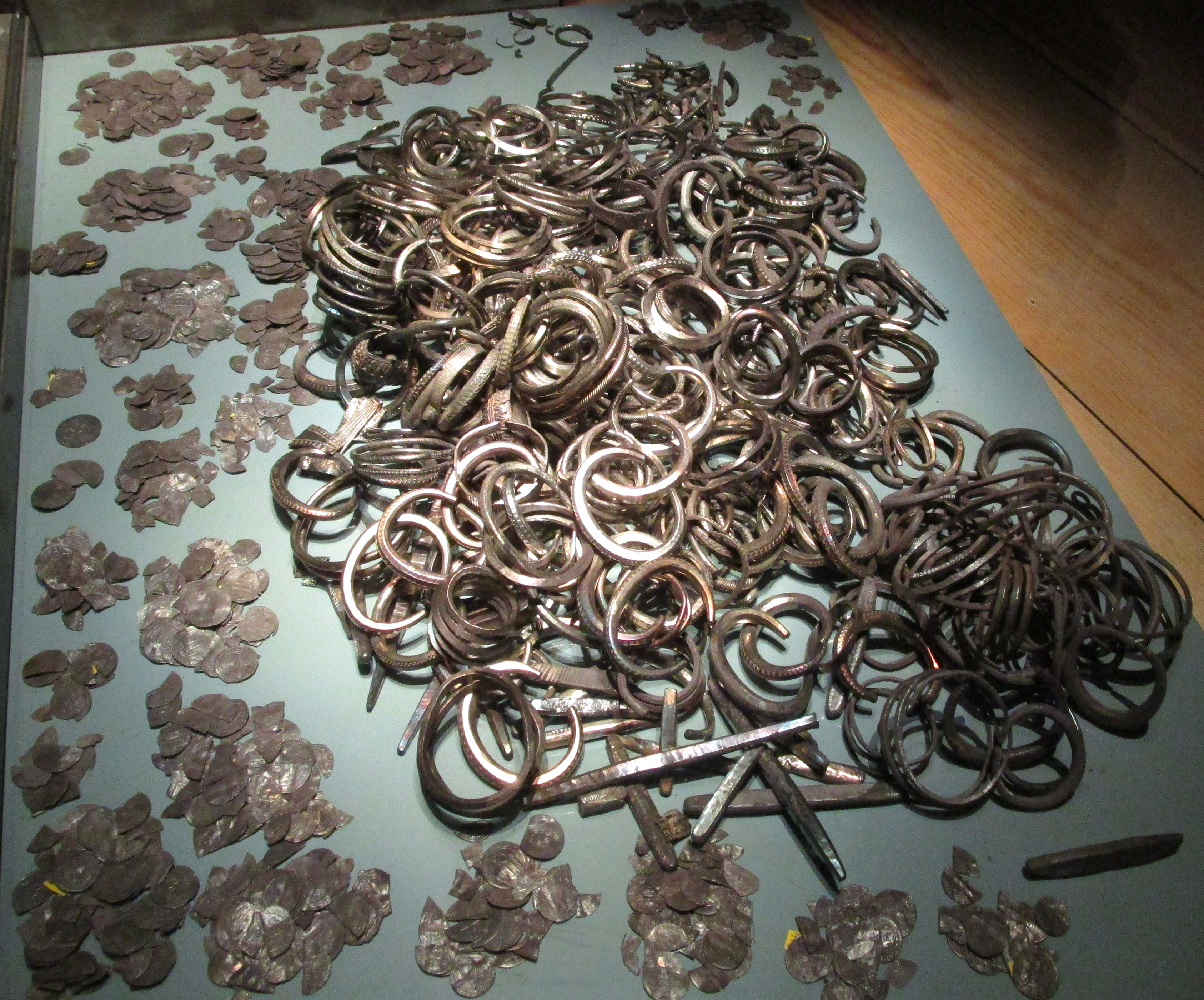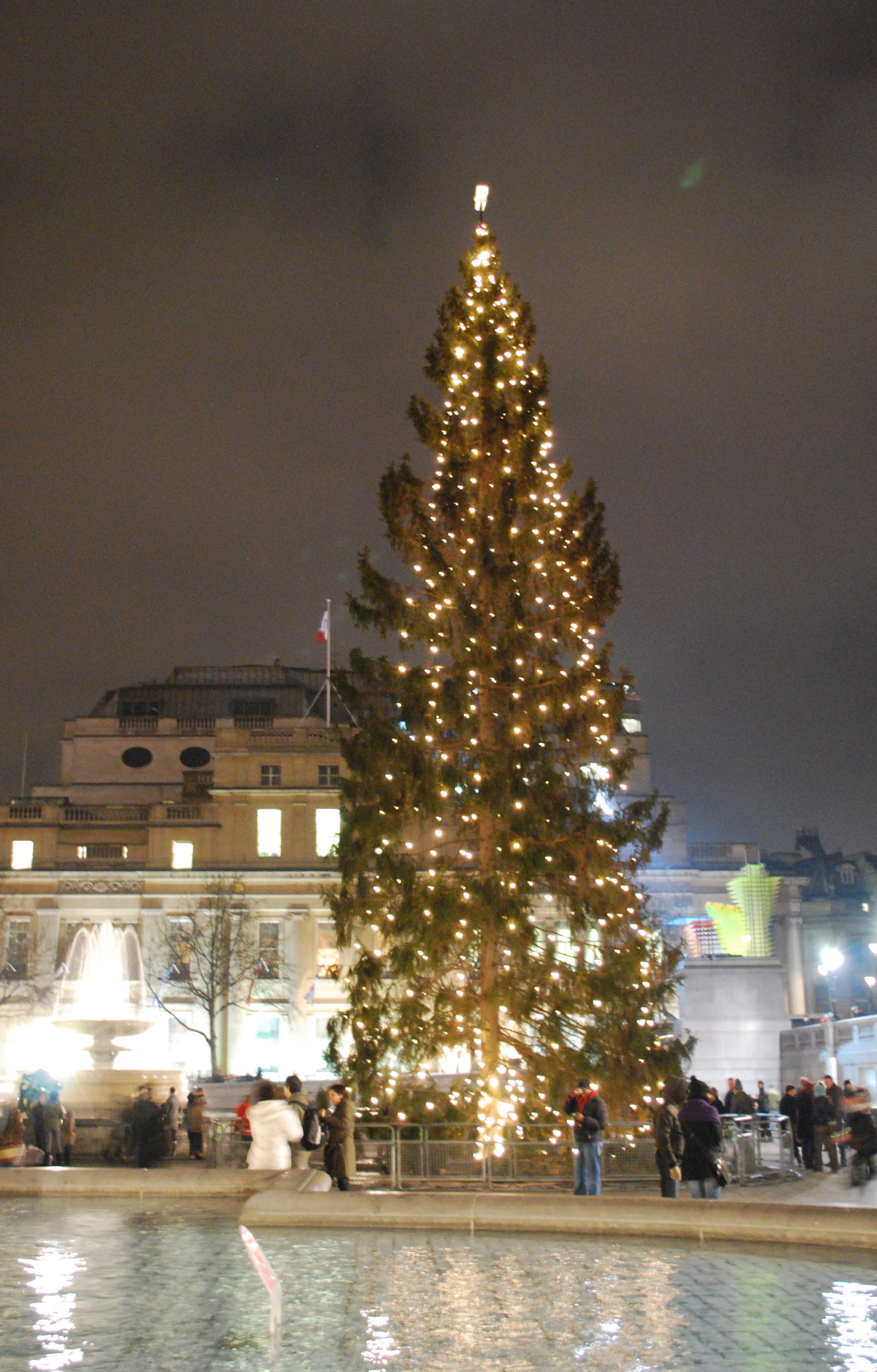|
Stångstörtning
''Stångstörtning'' is a Swedish sport originating from Gotland. It is similar to the Scottish caber toss, and involves tossing a log as far as possible. The log is 4.2–4.5 m long, weighs 26–27 kg, has a diameter of 13 cm at the thick end and 6–7 cm at the thin end, and is made of Norway spruce. It is contested at the Stånga Games, and was an unofficial demonstration event at the 1912 Summer Olympics along with other Gotland sports. The world record is 9.75 meters, set by Erik Larsson in 2015. See also * Caber toss The caber toss () is a traditional Scottish athletic event in which competitors toss a large tapered pole called a "caber" (), normally practised at the Scottish Highland Games. The term "caber" derives from the Gaelic word ''cabar'', whi ... References Games of physical skill Gotland {{Sweden-sport-stub ... [...More Info...] [...Related Items...] OR: [Wikipedia] [Google] [Baidu] |
1912 Summer Olympics
The 1912 Summer Olympics (), officially known as the Games of the V Olympiad () and commonly known as Stockholm 1912, were an international multi-sport event held in Stockholm, Sweden, between 6 July and 22 July 1912. The opening ceremony was held on 6 July. Twenty-eight nations and 2,408 competitors, including 48 women, competed in 102 events in 14 sports. With the exception of tennis (starting on 5 May) and football and shooting (both starting on 29 June), the games were held within a month with an official opening on 6 July. It was the last Olympics to issue solid gold medals and, with Japan at the 1912 Summer Olympics, Japan's debut, the first time an official team from an Asian nation participated. Stockholm was the only bid for the games, and was selected in 1909. The games were the first to have Art competitions at the 1912 Summer Olympics, art competitions, Diving at the 1912 Summer Olympics, women's diving, Swimming at the 1912 Summer Olympics, women's swimming, and the ... [...More Info...] [...Related Items...] OR: [Wikipedia] [Google] [Baidu] |
Caber Toss
The caber toss () is a traditional Scottish athletic event in which competitors toss a large tapered pole called a "caber" (), normally practised at the Scottish Highland Games. The term "caber" derives from the Gaelic word ''cabar'', which refers to a wooden beam, and the person tossing the caber is called a "tosser" or a "thrower". In Scotland, the caber is usually made from a larch tree, and it can be between tall and weigh . Although the sport is primarily associated with Scotland, a similar exercise, "casting the bar", was popular in England in the 16th century, and similar sports exist around the world, such as stångstörtning in Sweden. Objective and technique The primary objective is to toss the caber so that it turns end over end, falling away from the tosser. Ideally it should fall directly away from the tosser in the "12 o'clock" position. The tosser balances the caber upright, tapered end downwards, against his or her shoulder and neck, the caber being ... [...More Info...] [...Related Items...] OR: [Wikipedia] [Google] [Baidu] |
Gotland Sports At The 1912 Summer Olympics
Gotland sports, traditional sports from the Swedish island of Gotland, were featured in the 1912 Summer Olympics as an unofficial demonstration sport. The three disciplines showcased were pärk, varpa Varpa is an outdoor game of physical skill that allegedly dates back to the Viking Age and survived in Gotland. It is similar to boules and horseshoes but is played with a flat and heavy object called a "varpa" instead of balls. Varpas used to ... and stångstörtning. References {{Sports at the Olympics 1912 introductions Discontinued sports at the Summer Olympics Men's events at the 1912 Summer Olympics ... [...More Info...] [...Related Items...] OR: [Wikipedia] [Google] [Baidu] |
Caber Toss
The caber toss () is a traditional Scottish athletic event in which competitors toss a large tapered pole called a "caber" (), normally practised at the Scottish Highland Games. The term "caber" derives from the Gaelic word ''cabar'', which refers to a wooden beam, and the person tossing the caber is called a "tosser" or a "thrower". In Scotland, the caber is usually made from a larch tree, and it can be between tall and weigh . Although the sport is primarily associated with Scotland, a similar exercise, "casting the bar", was popular in England in the 16th century, and similar sports exist around the world, such as stångstörtning in Sweden. Objective and technique The primary objective is to toss the caber so that it turns end over end, falling away from the tosser. Ideally it should fall directly away from the tosser in the "12 o'clock" position. The tosser balances the caber upright, tapered end downwards, against his or her shoulder and neck, the caber being ... [...More Info...] [...Related Items...] OR: [Wikipedia] [Google] [Baidu] |
Gotland
Gotland (; ; ''Gutland'' in Gutnish), also historically spelled Gottland or Gothland (), is Sweden's largest island. It is also a Provinces of Sweden, province/Counties of Sweden, county (Swedish län), Municipalities of Sweden, municipality, and List of dioceses, deaneries and parishes of the Church of Sweden, diocese. The province includes the islands of Fårö and Gotska Sandön to the north, as well as the Karlsö Islands (Lilla Karlsö, Lilla and Stora Karlsö, Stora) to the west. The population is 61,023 (2024) of which about 23,600 live in Visby, the main town. Outside Visby, there are minor settlements and a mainly rural population. The island of Gotland and the other areas of the province of Gotland make up less than one percent of Sweden's total land area. The county formed by the archipelago is the second smallest by area and is the least populated in Sweden. In spite of the small size due to its narrow width, the driving distance between the furthermost points of the ... [...More Info...] [...Related Items...] OR: [Wikipedia] [Google] [Baidu] |
Picea Abies
''Picea abies'', the Norway spruce or European spruce, is a species of spruce native to Northern Europe, Northern, Central Europe, Central and Eastern Europe. It has branchlets that typically hang downwards, and the largest cones of any spruce, 9–17 cm long. It is very closely related to the Siberian spruce (''Picea obovata''), which replaces it east of the Ural Mountains, and with which it hybridizes freely. The Norway spruce has a wide distribution for it being planted for its wood, and is the species used as the main Christmas tree in several countries around the world. It was the first gymnosperm to have its genome sequenced. The Latin binomial nomenclature, specific epithet ''abies'' means "like ''Abies'', Fir tree". Description Norway spruce is a large, fast-growing evergreen coniferous tree growing tall and with a trunk diameter of 1 to 1.5 m. It can grow fast when young, up to 1 m per year for the first 25 years under good conditions, but becomes slower once over ... [...More Info...] [...Related Items...] OR: [Wikipedia] [Google] [Baidu] |
Stånga Games
The Stånga Games (in Swedish Stångaspelen), also referred to as the "Gotland Olympic Games", is an annual sports competition in Stånga on the Swedish island of Gotland. The first Stånga Games were held on 27 July 1924. The games are held during five days around the second weekend in July and gathers about 2000 participants. Competitions are held in various Gutnish disciplines, some dating back to the Viking Age. History The first competition was held in 1882. From the late 1880s, general Gotland athletics competitions were held several times per decade. In 1912, a special association was formed - "Föreningen Gotländsk Idrott" (FGI) with the mission of promoting the Gotland sports games. In 1924, FGI decided to arrange a Gothic sport competition in Stånga. Reinhold Dahlgren (1886-1968), a high school teacher from Östergarn organized the competition annually starting 1933 calling it officially Stångaspelen. The Stånga municipality gave the games a central location in St� ... [...More Info...] [...Related Items...] OR: [Wikipedia] [Google] [Baidu] |
Games Of Physical Skill
A game of skill is a game where the outcome is determined mainly by mental or physical skill, rather than chance. Alternatively, a game of chance is one where its outcome is strongly influenced by some randomizing device, such as dice, spinning tops, playing cards, roulette wheels, or numbered balls drawn from a container. While a game of chance may have some skill element to it, chance generally plays a greater role in determining its outcome. A game of skill may also have elements of chance, but skill plays a greater role in determining its outcome. Some commonly played games of skill and chance include: poker, collectible card games, contract bridge, backgammon and mahjong. Most games of skill also involve a degree of chance, due to natural aspects of the environment, a randomizing device (such as dice, playing cards or a coin flip), or guessing due to incomplete information. For many games where skill is a component alongside chance, such as card games like poker but ... [...More Info...] [...Related Items...] OR: [Wikipedia] [Google] [Baidu] |




